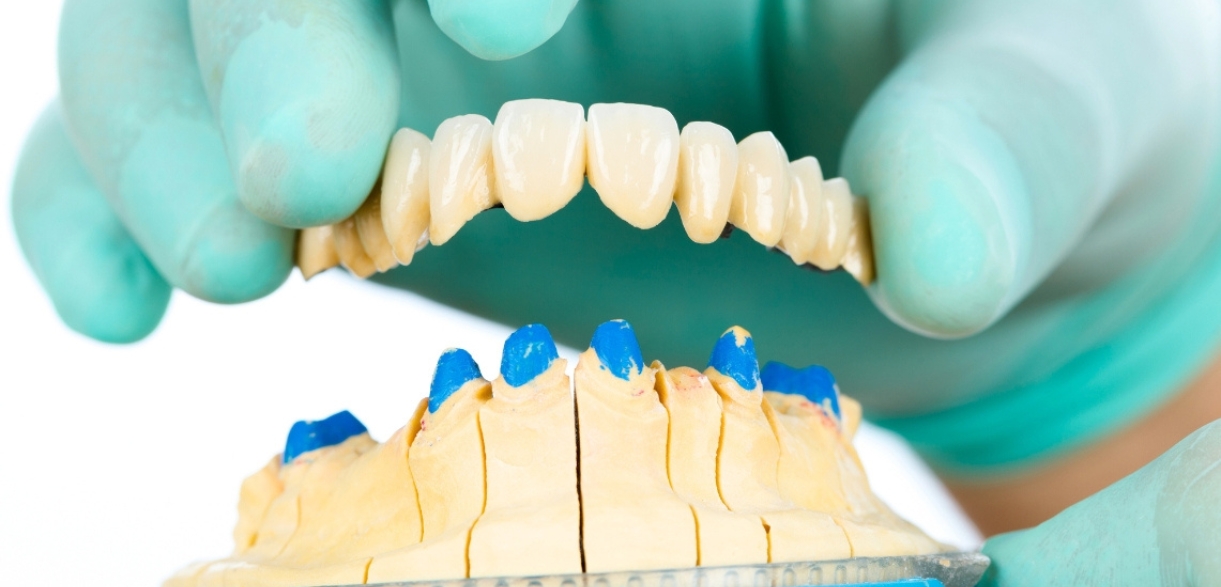1520 Green Oak Place, Suite B Kingwood, Tx 77339
Can You Get A Dental Bridge After Tooth Extraction?

Although it’s never ideal, there are cases when extracting a tooth is the best thing to do for your oral health. What occurs next is the key question that follows. Dental bridges are a common and practical remedy for a lot of individuals. However, is it possible to receive a dental bridge right away after tooth extraction? Read further to find the answers.
It’s a permanent device that fills in the gaps left by one or more missing teeth by using artificial teeth that are connected to nearby natural teeth or dental implants. It stops other teeth from moving and restores both function and appearance, enabling you to chew and talk normally.
Can a Bridge Be Obtained Right After Extraction?
Not immediately. A dental bridge is a fantastic solution, but time is everything. Before a bridge can be securely positioned following tooth extraction, your jawbone and gums must have time to heal.
Why Wait?
- Prevents the bridge from fitting incorrectly.
- Permits the reduction of tissue edema.
- Improves stability over the long run.
Although a dentist will assess your particular situation, healing usually takes 5 to 8 weeks.
What Takes Place in the Healing Stage?
Before putting in a bridge, dentist can advise:
- A temporary partial denture, for both practical and aesthetic reasons.
- If there is substantial bone loss, bone grafting may be necessary.
- follow-up examinations to track gum shape and healing.
Bridge Types You May Consider
Dentists might suggest one of the following after the wound has healed:
- Traditional bridge – Anchored to two natural teeth.
- Cantilever bridge – Anchored on only one side.
- Maryland bridge – Uses a metal or porcelain framework for support.
- Implant-supported bridge – Anchored on implants instead of natural teeth.
Your choice depends on the number of teeth missing, gum health, surrounding tooth strength, bite alignment, and aesthetic preferences.
According to the American College of Prosthodontists, about 120 million Americans are missing at least one tooth—and dental bridges are one of the most common restorative solutions used today.
When Is the Best Time to Place a Bridge?
The ideal time is after complete gum and bone healing, which the dentist will confirm through exams or X-rays. Rushing the process can lead to:
- Poor fit.
- Food traps.
- Gum irritation.
- Bridge failure.
Benefits of a Dental Bridge After Extraction
- Restores your natural smile.
- Improves chewing and speaking ability.
- Prevents teeth from shifting.
- Supports long-term oral health.
- More affordable than implants.
Key Considerations Before Getting a Bridge
- Have healthy gums and strong adjacent teeth.
- Follow post-extraction care instructions.
- Maintain great oral hygiene.
- Avoid smoking and excess sugar during healing.
Plan Your Smile Restoration with Confidence
So, can you get a dental bridge after tooth extraction? Absolutely—just not immediately. Patience pays off when it comes to preserving your bite, smile, and oral health. Once healing is complete, a dentist will guide you toward the best bridge option tailored to your needs.
If you’re exploring restorative solutions, don’t delay. Talk to our dentist today about planning your dental bridge after extraction—and smile confidently again.






